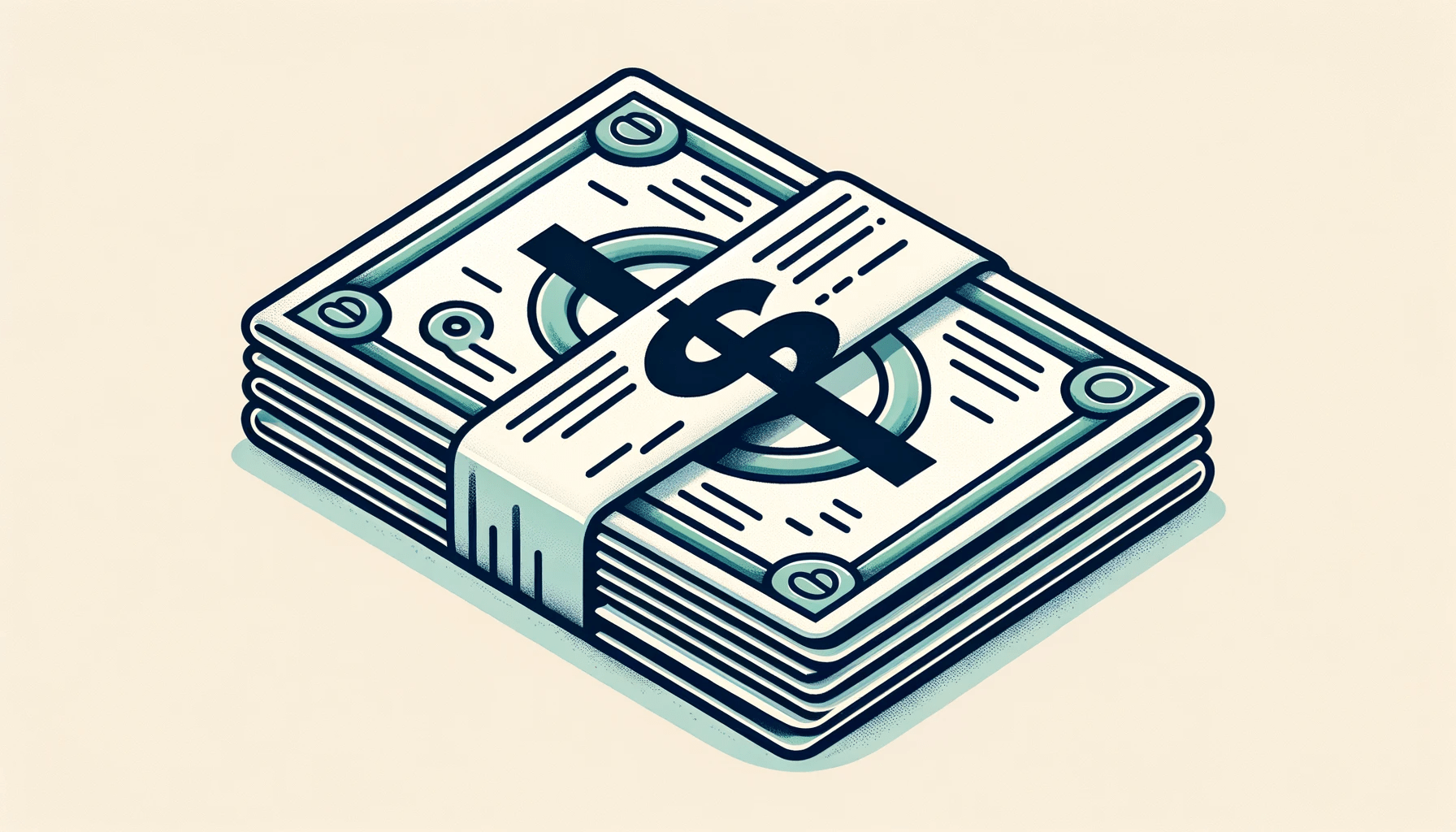Master the Sticky Footer with CSS in 5 Easy Steps: A Quick Guide
Table of Contents
Creating a sticky footer with CSS can be a significant upgrade to your website’s user experience. It stays in place, no matter the screen size, ensuring users have easy access to vital links and information at all times. If you’re looking to enhance your website’s functionality and design, this guide will serve as your perfect companion.
How to get started with creating a sticky footer with CSS (Quick Steps):
- Choose the right container for your footer, commonly a <div> or <footer> element.
- Use the CSS property
position: fixed;to make the footer stick to the bottom of the page. - Set
bottom: 0;to ensure it sticks to the bottom, and adjust the width towidth: 100%; - Customize the footer’s appearance with additional CSS properties like background color, padding, and typography.
- Stay tuned as we delve deeper, covering every angle of implementing and styling a sticky footer with CSS.
Stepping into the realm of web development requires a knack for detail and an understanding of various elements that contribute to a website’s functionality and aesthetic appeal. One such element is the footer, an often underestimated yet vital component of web design. When properly implemented, a sticky footer can be a game-changer, offering a sleek look and easy navigation.
Understanding the Sticky Footer
Before diving into the intricate process of creating a sticky footer with CSS, it’s essential to grasp what a sticky footer is and why it holds a pivotal role in web development. This section unravels the underlying concepts and the significance of incorporating a sticky footer into your web design project.
The Role of a Footer in Web Design
The footer serves as a navigational tool and a space to house important information such as contact details, site maps, privacy policies, and social media links. It often echoes the header’s functionalities but offers a more subdued approach to keeping vital links within reach. This section will expand on the different roles a footer plays and how a sticky footer can enhance a website’s user experience.
What Makes a Footer “Sticky”?
A “sticky” footer is one that remains in a fixed position at the bottom of a web page, regardless of the amount of content on the page or the user’s scrolling actions. This characteristic ensures that users always have quick access to the information housed in the footer, enhancing navigability and user satisfaction. In this part, we delve deeper into the mechanics of a sticky footer, explaining its features and benefits in detail.
Setting the Stage: Preliminary Considerations
Before you commence with the actual coding process, it’s vital to map out your strategy and understand the basic elements and principles that will guide your creation of a sticky footer. This section is tailored to equip you with the foundational knowledge necessary to kickstart your project.
Selecting the Appropriate HTML Structure
An essential first step in creating a sticky footer is choosing the appropriate HTML structure. It’s the skeleton that will house your footer, typically involving elements such as <div> or <footer>. Here, we will explore the nuances of selecting the right structure, considering factors like semantic HTML and the content that will reside in the footer.
Understanding CSS Positioning
The magic behind making a footer “sticky” largely resides in the CSS positioning properties. Understanding how different positioning values like static, relative, fixed, and absolute work is crucial in achieving the desired sticky effect. In this subsection, we will break down these properties, offering insights into how they influence the behavior of the footer on your webpage.
Implementing the Sticky Footer: Coding Steps
Creating a sticky footer involves a series of coding steps that need to be executed with precision. This section serves as a practical guide, providing you with detailed instructions and code examples to aid you in implementing a sticky footer with CSS effectively.
Method 1: Using Position Fixed
One of the simpler methods to create a sticky footer is by using the position: fixed; property in CSS. This approach ensures that the footer remains fixed at the bottom of the viewport, irrespective of the scroll position.
- Create a footer element in your HTML file: <footer>Your Footer Content</footer>
- Apply the necessary CSS styles to make the footer stick to the bottom:
footer {
position: fixed;
bottom: 0;
width: 100%;
background-color: #f1f1f1;
}
- Customize the footer with additional styling as necessary.
Method 2: Using Flexbox
Flexbox offers a more modern approach to achieving a sticky footer. It involves creating a flexible container that adjusts according to the screen size, keeping the footer at the bottom.
- Structure your HTML document to include a main content area and a footer area within a container:
<div class="container">
<div class="content">Main Content</div>
<footer>Your Footer Content</footer>
</div>
- Apply Flexbox properties to your CSS to establish the container’s behavior:
.container {
display: flex;
flex-direction: column;
min-height: 100vh;
}
css
Copy code
.content {
flex: 1;
}
- Further style the footer and content area to match your site’s aesthetic.
Exploring Additional Methods: Grid and jQuery
As we venture further, it becomes evident that the realms of CSS offer diverse avenues to achieve a sticky footer. This section introduces you to additional methods involving CSS Grid and jQuery, expanding your repertoire of skills and options.
Method 3: Leveraging CSS Grid
CSS Grid is a powerful tool that allows for complex layouts with simpler code structures. It’s another fantastic method to create a sticky footer with ease and efficiency.
- Structure your HTML document to include a main content area and a footer area within a grid container:
<div class="container">
<div class="content">Main Content</div>
<footer>Your Footer Content</footer>
</div>
- Utilize CSS Grid properties to dictate the behavior of the container and its elements:
.container {
display: grid;
grid-template-rows: 1fr auto;
min-height: 100vh;
}
- Add stylistic touches to the footer and content to ensure a cohesive design.
Method 4: Implementing with jQuery
While primarily a CSS-focused guide, we understand the importance of versatility. Thus, we introduce a method involving jQuery, a popular JavaScript library, to achieve the sticky footer.
- Ensure the inclusion of the jQuery library in your HTML document.
- Create a footer element with a specific class or ID to target with jQuery.
- Utilize jQuery scripts to calculate and set the footer’s position dynamically, for instance:
$(window).resize(function() {
var footerHeight = $('footer').outerHeight();
$('.content').css('padding-bottom', footerHeight);
});
Optimizing the Sticky Footer: Cross-Platform Compatibility
In this digital era, users access websites from an array of devices, each with varying screen sizes and browser specifications. Thus, optimizing your sticky footer to be cross-platform compatible is not just beneficial but almost mandatory. This section will offer tips and insights on how to ensure your sticky footer looks and functions perfectly, no matter the platform.
Responsive Design Considerations
Creating a responsive design is essential to ensure the sticky footer adapts gracefully to different screen sizes, from desktop monitors to smartphones. Here, we will explore CSS properties and techniques that aid in achieving a responsive sticky footer, including media queries and viewport units.
Browser Compatibility
With numerous browsers available, each with its quirks and behaviors, ensuring browser compatibility is vital. This subsection discusses strategies to achieve browser compatibility, including using browser prefixes and testing the footer across different browsers to identify and rectify any issues.
FAQ Section
In this section, we address the most common questions that readers might have when it comes to implementing a sticky footer using CSS. Providing detailed answers here will not only enrich the content but also possibly rank in Google’s featured snippet.
What is a Sticky Footer, and Why is it Useful?
A sticky footer is a website design element that remains fixed at the bottom of the viewport, regardless of the amount of content on the page or the user’s scrolling behavior. It is beneficial as it ensures that vital links and information are always accessible to the user, improving the website’s usability and navigation.
What are the Different Methods to Create a Sticky Footer?
Creating a sticky footer can be achieved through various methods, including:
- Using position fixed property in CSS
- Implementing Flexbox
- Leveraging CSS Grid
- Using jQuery for dynamic positioning
Note: Each method has its merits, and the best approach depends on the specific requirements of your website and your familiarity with these technologies.
How Do I Ensure Cross-Browser Compatibility for My Sticky Footer?
- Using browser prefixes for CSS that might have different implementations across browsers.
- Regularly testing your website on different browsers to identify and fix any inconsistencies.
- Utilizing CSS normalization to reduce browser inconsistencies in default styles.
- Considering polyfills for providing modern functionality on older browsers.
Through these steps, you can create a sticky footer that functions uniformly across different browsers, offering a seamless user experience.
Conclusion
Implementing a sticky footer on your website is not just a design preference but a potent tool to enhance user navigation and accessibility. Throughout this guide, we ventured through various methods to create a sticky footer using CSS and even took a slight detour to explore the jQuery approach. From utilizing position fixed properties to embracing modern layout techniques with Flexbox and CSS Grid, we’ve covered substantial ground.
Moreover, we’ve emphasized the significance of cross-platform compatibility, discussing the necessities of responsive design and browser compatibility to ensure a seamless user experience. In a digital landscape teeming with diverse devices and browsers, these considerations are not to be underestimated.
As you embark on your journey to implement a sticky footer, remember that this element serves as a constant companion to your website visitors, offering them easy access to vital links and information, thereby fostering a user-friendly environment.
We trust this guide has armed you with the knowledge and confidence to create a sticky footer that resonates with your website’s ethos and enhances its functionality. Happy coding!
Joshua joined the CTHs right from the beginning as a skilled tech writer. Before joining our team he was reporting all aspects of the marketing and web development industries. Responsible for high-quality web hosting reviews and guides. In his spare time, he enjoys programming & red wine.






